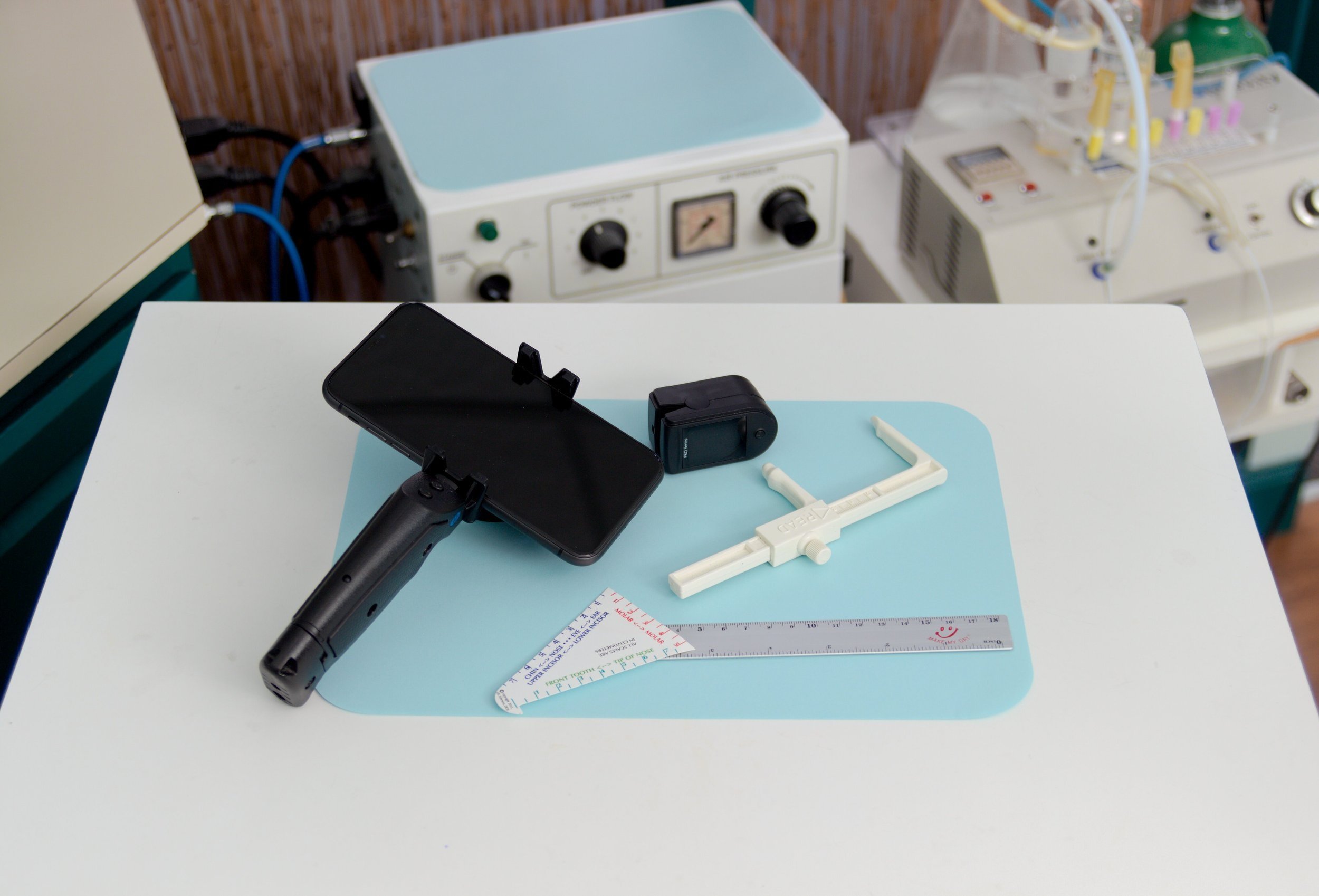J. Bruce Johnson
Bruce Johnson is a native of Eagle Rock, California.
He attended California State Universities at Fresno and Los Angeles before completing his Doctor of Dental Surgery at the University of California San Francisco Medical Center in 1976.
He immediately began practice in Eagle Rock offering family dentistry. He quickly widened his scope of care to a more comprehensive approach including orthodontic and TMJ/CMD treatment.
In 2004, Dr. Johnson moved his practice to Montrose, California, where he continues to practice in the foothill community.
Dr. Johnson continually advances his education and enhances his practice through numerous educational courses, seminars, and study groups.
He has presented for the Southern California Health Sciences University, San Gabriel Valley Dental Implant Study Group, USC Orthodontic Alumni Study Club, California Dental Association, and Sacro Occipital Techniques Organization on lecture topics such as TMJ for Chiropractors, Occlusal Splint Therapy, Muscle and Joint Parameters in TMJ Patients, Altering Occlusion for Periodontal Health, and the Dental-Chiropractic Co-Treatment Paradigm.
Associations (Past & Present)
· California Dental Association (CDA)
· American Dental Association (ADA)
· American Academy of Craniofacial Pain (AACP)
· American Italian Dental Association (AIDA)
· Glendale Academy of Dentists
· San Fernando Valley Dental Society
· Charter Member of the American Association for Functional Orthodontics
(AAFO)
· Charter Member of the International Association for Ozone in Healthcare and
Dentistry (IAOHD)
Study Groups & Annual Conferences (Past & Present)
· Orthopedic Gnathology Study Group
· San Gabriel Valley Implant Study Group
· Implant Study Group
· International Association for Facial Growth Guidance
· Holistic Dental Association
· Mid America Orthodontic Society
· BioResearch
· Founder and facilitator of the Southern California Dental-Cranial
Study Group

Equipment and Technology
As in every facet of our daily lives, technological advancements play a significant part in our dental practice.
Science continues to evolve, providing new solutions to ongoing healthcare issues. Some of that comes in new equipment to help diagnose problems and some to treat those problems. Our first criterion for investing in new technology is what benefit this provides the patient in resolving their issues. Therefore: a laser to assist in healing, an ozone generator to purify our systems and kill bacteria and viruses, a digital x-ray system that dramatically reduces radiation exposure, and a monitor to assess sleep quality are prime examples of technology investments that improve the quality of patient care.
We invest in new equipment regularly to ensure that we can provide state of the art technology and better therapies for our patients.
Orolase – Laser therapy for health and well-being which can help to reduce pain, improve restricted soft tissues, facilitate a sense of calm, and enhance other supportive processes within the body.
T-Scan – This instrument is another digital based machine. It is kind of the equivalent of the blue carbon paper we have used for years to show where a filling or crown is too high in the bite so we can level it out. This device allows us to balance out the whole bite from left to right and front to back, and more. It is more sensitive than you are, so it is very useful in treating bite problems, balancing orthotics, finishing orthodontic cases, etc.
Intra-Oral Scanner (Digital Impressions) Hate getting that goopy stuff in your mouth to get a night guard made, or a crown? This new scanner is basically a 3D camera, from which models of the teeth can then be fabricated using a 3D printer. Crowns, bridges, dentures, retainers, night guards, and more are all made from models of the teeth. This system simply scans the teeth and creates a 3D image. The technology has become so advanced that a crown can be made for your tooth completely through the digital scanning, design, and fabrication without ever making a model at all. The accuracy is astounding.
Air Abrasion – With an emphasis on conservative restorative dentistry in this office, the Air Abrasion system plays an important part. The handpiece of this machine delivers a stream of grit, water, and air that can clean stains off your tooth, drill a hole in your tooth to expose a cavity, clean out the decay, roughen the surface to get a better bond, and even coat the surface of the tooth roots where gum recession has exposed them. No vibration from a noisy drill and very painless so It allows us to do more conservative dentistry with less “shots”.
Digital X-rays – With the advent of digital x-rays, we have seen decreasing amounts of radiation exposure to obtain critical information that cannot be otherwise visualized. The x-ray exposes a digital sensor that feeds the image directly to a computer where it can be seen. Convenient, quick, simple, effective, and best of all, about a 90% reduction in the amount of radiation required from traditional dental x-rays.
Digital photographs –Digital photographs are quick and simple, can be seen right away, and can be sent via email or text. They are also a very powerful resource for documenting conditions.
Cold Laser - There are hundreds of kinds of lasers. This one, also known as a “Healing Laser”, has a beam of energy that penetrates up to two inches into the body’s tissues to promote and accelerate healing. Very useful post surgery, treating TMJ, or any other inflammatory situation.
Ozone – Probably one of the most controversial topics in medicine worldwide is the usefulness of ozone. We’ve devoted a whole page in this website to it, so if you want to see how this “wonder drug” can help you, check out that page.
Soft Tissue Laser – This is a surgical instrument unlike the “Cold Laser”. We use it primarily where we need to control the gum tissues around a crown or filling that has extended under the gumline, but it has a multitude of treatment possibilities.


